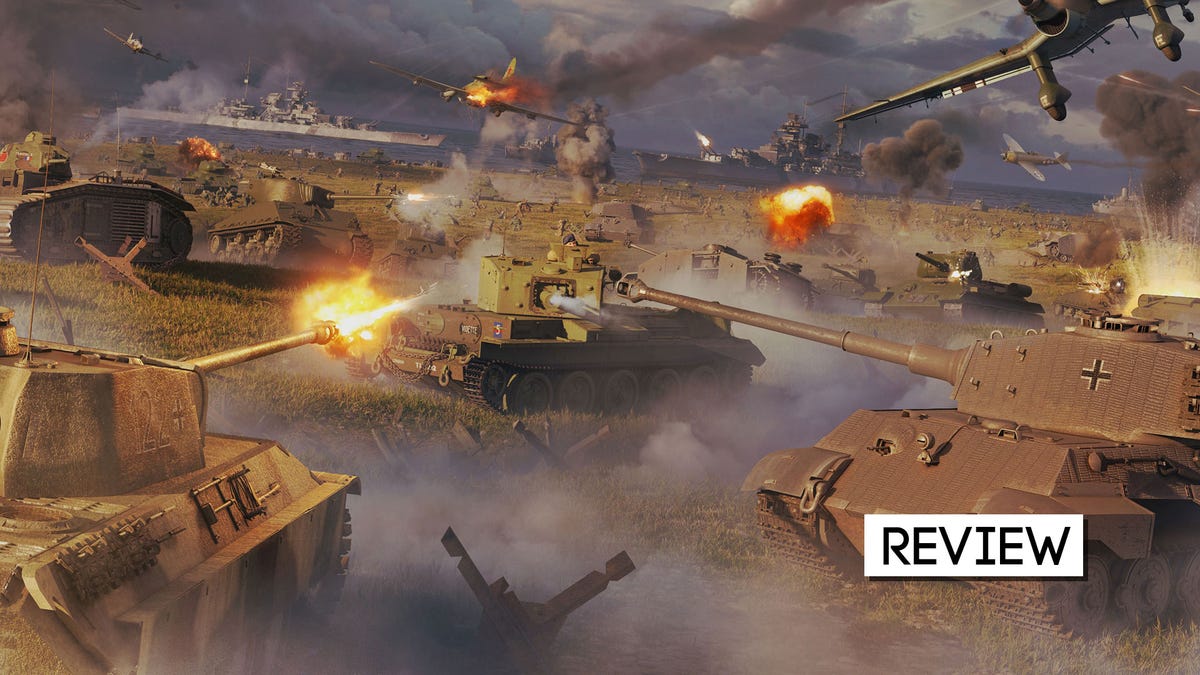
By November 1933 the formation was 800 men strong, and at a remembrance ceremony in Munich for the tenth anniversary of the failed Munich Putsch the regiment swore allegiance to Hitler. The origins of the Waffen-SS can be traced back to the selection of a group of 120 SS men in March 1933 by Josef "Sepp" Dietrich to form the Sonderkommando Berlin. Parade for the third anniversary of the Leibstandarte SS Adolf Hitler on the barracks' grounds.

By the end of the war, ethnic non-Germans made up approximately 60 percent of the Waffen-SS. Initially membership was open to " Aryans" only in accordance with the racial policies of the Nazi state, but the rules were partially relaxed in 1940, although Jews and Poles remained banned and Hitler authorized the formation of units composed largely or solely of foreign volunteers and conscripts. Upon mobilization its tactical control was given to the High Command of the Armed Forces ( Oberkommando der Wehrmacht). Prior to the war it was under the control of the SS Führungshauptamt (SS operational command office) beneath Reichsführer-SS Heinrich Himmler. Adolf Hitler resisted integrating the Waffen-SS into the army, as it was to remain the armed wing of the Party and to become an elite police force once the war was won. The Waffen-SS grew from three regiments to over 38 divisions during World War II, and served alongside the Heer (regular army) but was never formally part of it. Panzer Division Kempf, a temporary unit of mixed army and Waffen-SS components.The Waffen-SS ( German pronunciation:, Armed SS) was created as the armed wing of the Nazi Party's Schutzstaffel ("Protective Squadron"), and gradually developed into a multi-ethnic and multi-national military force of Nazi Germany.SS-Oberabschnitt Böhmen-Mähren see above note.


19th Waffen Grenadier Division of the SS (2nd Latvian).18th SS Volunteer Panzergrenadier Division Horst Wessel.17th SS Panzergrenadier Division Götz von Berlichingen.16th SS Panzergrenadier Division Reichsführer-SS.15th Waffen Grenadier Division of the SS (1st Latvian).14th Waffen Grenadier Division of the SS (1st Ukrainian) (unofficially known as Galizien).13th Waffen Mountain Division of the SS Handschar (1st Croatian).11th SS Volunteer Panzergrenadier Division Nordland.7th SS Volunteer Mountain Division Prinz Eugen.5th SS Panzer Division Wiking (previously SS Panzergrenadier Division Wiking).3rd SS Panzer Division Totenkopf (previously SS Panzergrenadier Division Totenkopf).2nd SS Panzer Division Das Reich (previously SS Verfügungs Division: later SS Panzergrenadier Division Das Reich).1st SS Panzer Division Leibstandarte SS Adolf Hitler.


 0 kommentar(er)
0 kommentar(er)
